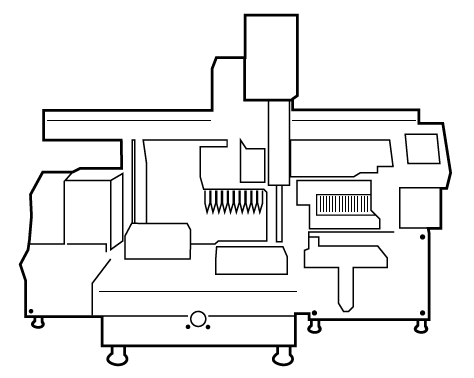Robotic Workstations Guide
Automated laboratory workstations allow for high throughput, and walk-away processing
 Automated laboratory workstations allow for high throughput, and walk-away processing of specific applications such as cellbased assays, ELISA, PCR, cell culture, and NGS. Automation of these multi-step processes allows for greater precision and consistency while freeing laboratory staff from repetitive procedures.
Automated laboratory workstations allow for high throughput, and walk-away processing of specific applications such as cellbased assays, ELISA, PCR, cell culture, and NGS. Automation of these multi-step processes allows for greater precision and consistency while freeing laboratory staff from repetitive procedures.
6 Questions to Ask When Buying a Robotic Workstation
- How long can the instrument run before a human needs to intervene?
- Can the parts of the workstation be upgraded and adapted as the needs of your lab change?
- How much space do you have available in your lab for a robotic workstation?
- What is the capacity of the instrument? How many samples can it prepare?
- How costly will parts be to repair or replace if they break?
- How easy is the workstation to program? Are the protocols flexible and can they be changed to fit your experimental needs?
Safety Tip
Robotic workstations are able to complete repetitive tasks usually performed by humans. The benefit of robotic workstations is that they are able to work around the clock, even during your lab’s down time when your workers have gone home. Using robotic workstations can also decrease the amount of time your workers need to spend pipetting in the lab, letting them go home earlier and allowing them to better prepare themselves mentally and physically for the next day of experiments.
Maintenance Tip
Any instrument that performs repetitive tasks needs to be monitored for inconsistencies in experimental results. To avoid any discrepancies between experiments, make sure you are regularly maintaining your robotic workstation and have a certified technician make any necessary repairs as they arise.
